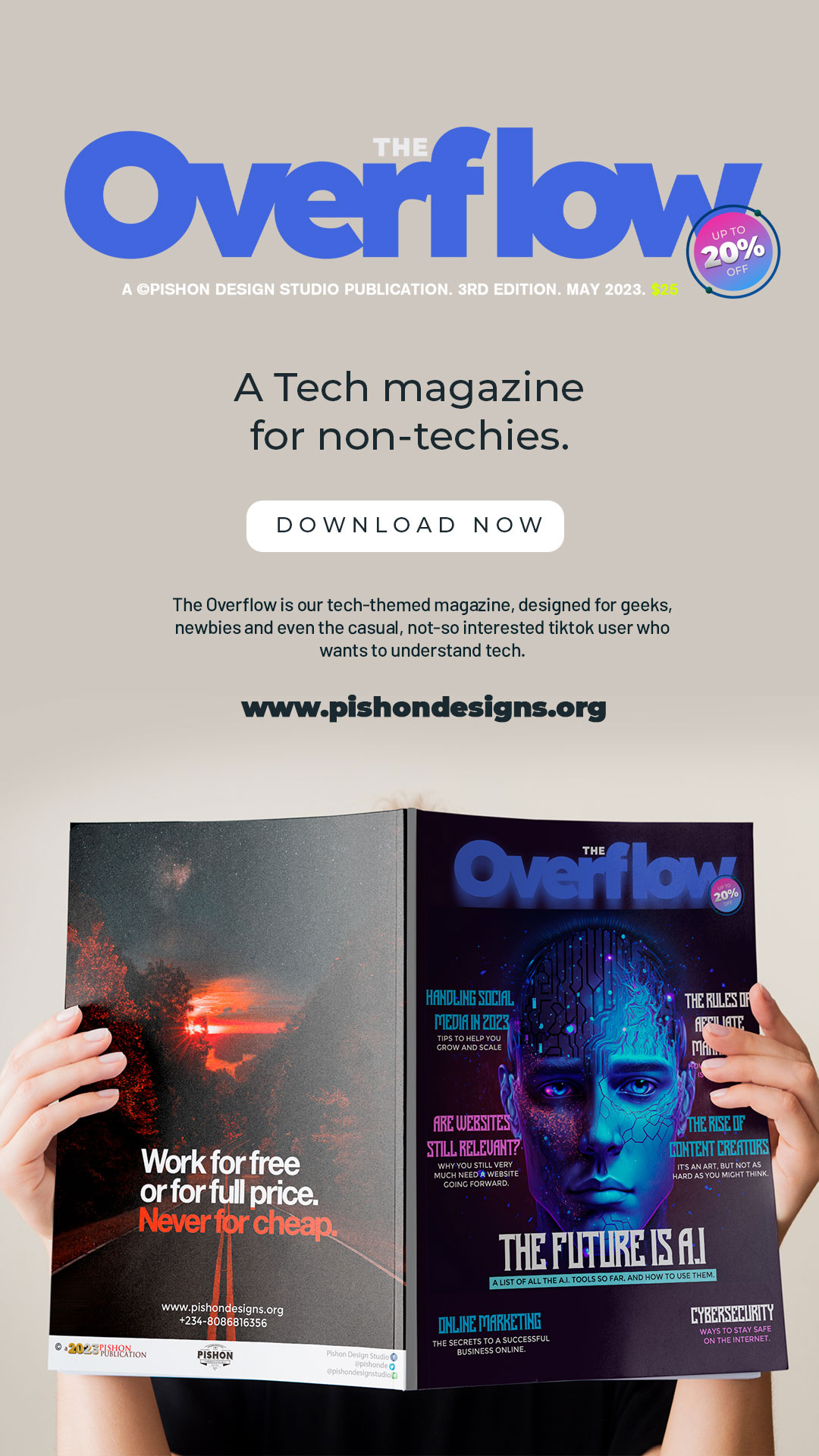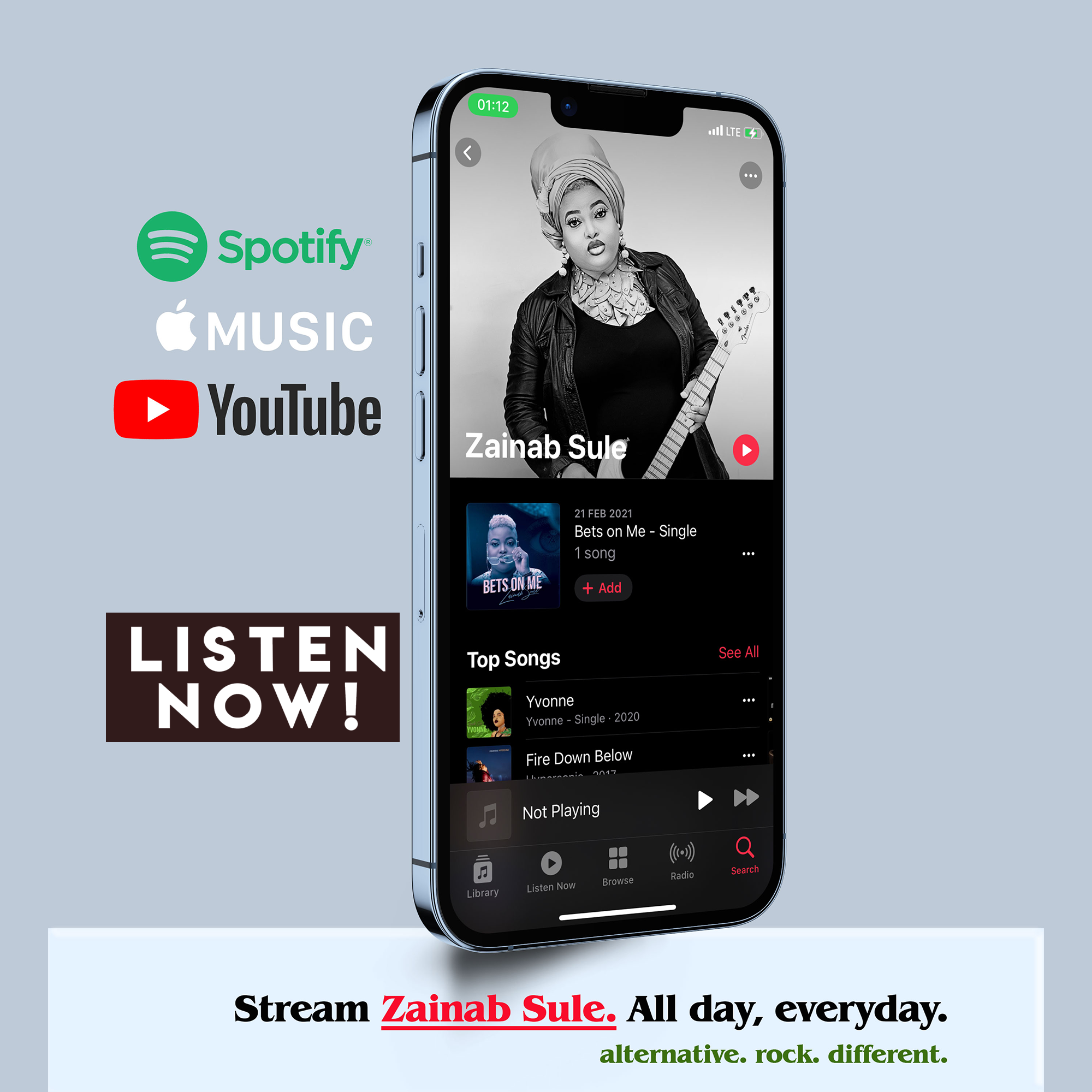Above all, web designers have got to realize what it takes to stay competitive. They need to mix disciplines and understand that there’s a lot more to HTML conversion than they ever thought.
Here’s a list of points a web designer should be aware of in these times of fast paced designs…
- Web Design is not the same as Graphic Design. Great graphic design involves attention to detail, extreme concentration and a clear eye for aesthetics, but web design is very different. Aside from the possible technology limitations of web design, grid differences mean that print work doesn’t always translate well to the web.
- Coding is essential, and you’d better know all possible markup languages. You don’t have a clear understanding of what can be created and what has to be included until you know all the tricks of HTML5, jQuery, Ruby, Foundation, PHP, and CSS. Once you get going with these technologies, you will notice a whole new world of opportunity opening up for you. Web design is not only about visual communication but also about interaction with the reader, and the deeper your knowledge, the better business results you will achieve.
- The world is going paperless. Traveling, financial services, banking, social interaction, shopping and education are all now firmly entrenched online, and the digital trend will only expand further. There is always someone who needs a web design service, and guess what? In future you will have tons of job opportunities.
- You can become a Pro for free. There’s no need to spend thousands on a university course when there are so many web design resources available for free.
- Talented web designers network with others. Whether you’re a freelancer or part of a big company, it’s still impressive if you can demonstrate your hard work to your partners and clients through your own channels. Personal engagement and virtual meetings let you join the world web design party and build many useful connections!
- Content is king. But nobody is going to recognize the king if he has no throne, no crown or no scepter. A good web designer provides those stylish accessories with the help of elegant frameworks and smart layouts.
- Limitless design is also purposeless design. Constraints on your web design create a clear focus with visible benefits for your potential customers.
- Define the problem before offering solutions. You have to understand the identity and needs of your target visitor, what your limitations are and the desired final result.
- Typography is your friend, not foe. As soon as you grasp the concept of typography, it will become your seventh sense and you won’t even have to think about it.
- Criticism is love. You need to accept that your work is never perfect. Grow a tough skin because you will not learn anything by only listening to those who praise you to the skies.
- Web design can’t be free. Even if your good buddy is pleading for a great website, you don’t want to lose professionalism and understanding of what real fieldwork is like.
- SEO is still there. And just pasting keywords into text won’t get the job done. You need to be aware of link building, quality HTML, image quality, meta tags, descriptions and many other elements.
- There are many eBooks and blog subscriptions for you to investigate. Keeping up-to-date with the ever-changing trends in modern web design is impossible with traditional methods alone – you need to support your knowledge with practical insights from industry leaders. Use RSS and be blessed with wisdom!
- Share your experience with other professionals. No matter what channel you choose, don’t be too greedy to drop a few lines to GitHub, web design social groups or thematic discussion boards, with screenshots.
- All online spheres are mutually dependent. Whether it is web design, web development, social media, marketing automation or online sales, be aware that your work is just one cog in the business machine.
- Web designers should have really good taste. The world of design isn’t limited to computers. Grab some inspiration by keeping an eye on today’s illustrators, visiting exhibitions and art galleries, taking an interest in photography and staying abreast of other prominent examples of visual communications.
- The more web design work you see, the sharper your eyes get. Drawing inspiration from the example of industry leaders is important, but also look at average websites just to identify their drawbacks and learn not to repeat them.
- Apple and Microsoft are still two giants that set web design trends. That’s why you need to keep up to date with any new features that may have appeared on Apple/Microsoft products and how you might need to adjust your own style according to these changes.
- Responsive design is never unwelcome. Though it’s been a huge trend for 2012 and 2013, it is still totally in the spotlight. People are on the move for the most part of their day, so why would you expect them to sit faithfully at the desktop?
- Your style needs to fit the product. For example, it’s unacceptable to draw Windows-based software websites in Apple style.
- You don’t have to be Van Gogh but you need to understand why people love him. The same works with trends – you’ve got to understand the nature and the insights behind anything that becomes viral in web design.
- Web design is all about balancing the needs of the employer company and the end user. You need to learn to protect your user-friendly vision. If your employer tries to push strange ideas on you that you know will adversely affect website traffic; you might need to be super firm or even quit the job.
- The KISS (keep it short and simple) rule. Your website’s interface should be simple and clear. your visitor should only need to perform the minimum number of actions.
- Don’t make your client think too much. Avoid complicated actions on the client side that cause frustration.
- Remove the obvious. Leave only elements that are absolutely necessary. Any information and navigation overloads work as anti-inspiration for the user to come back.
- Remove the noise. Make sure the least important interface elements do not interfere with what your main interface elements demonstrate.
- Classic solutions are always more reliable than fancy trends. Follow tried and tested methods rather than falling for trends in UI that might not work out well.
- Try the familiar approach. Your users might be looking for something familiar in the first instance, so use at least some standard elements in your website.
- People don’t read, they look through. Don’t make your readers wade through large masses of text – they won’t like it.
- Borrow smart ideas from industry leaders. You don’t need to re-invent the wheel.







